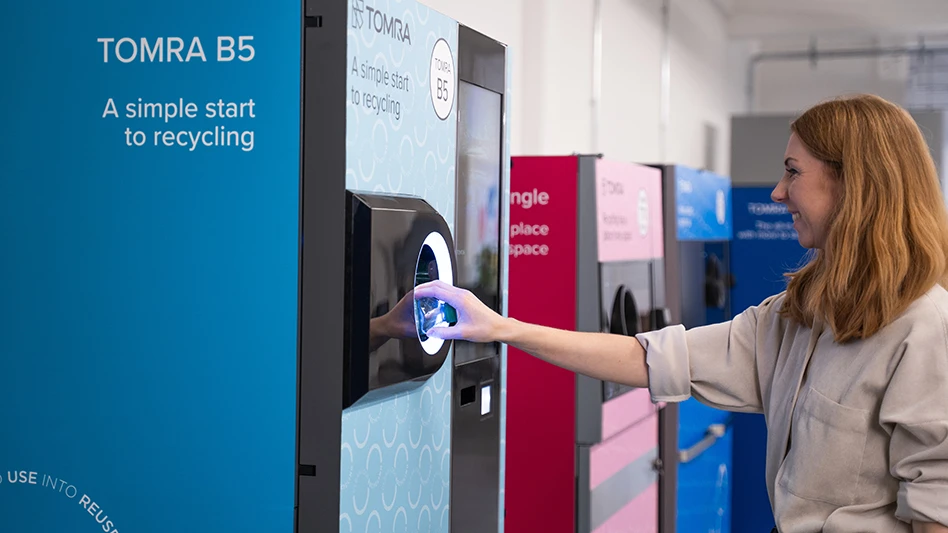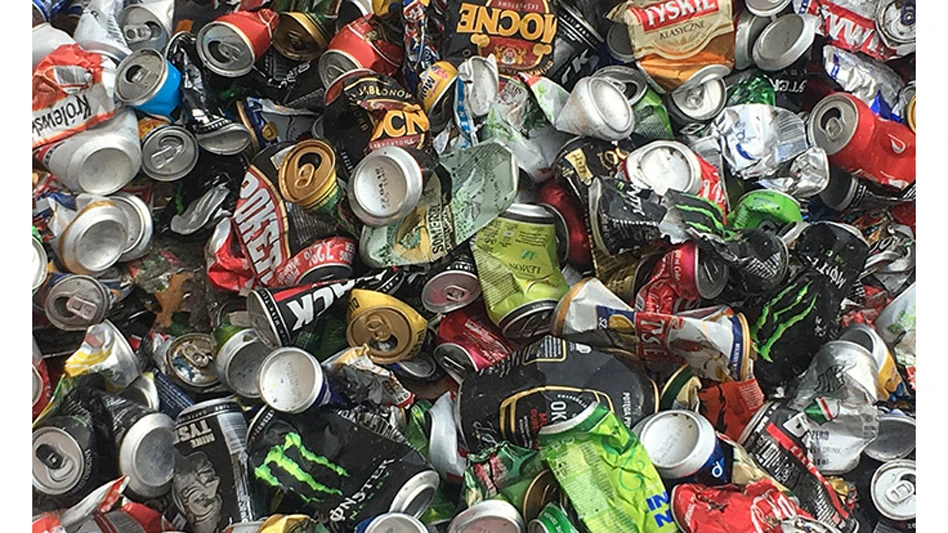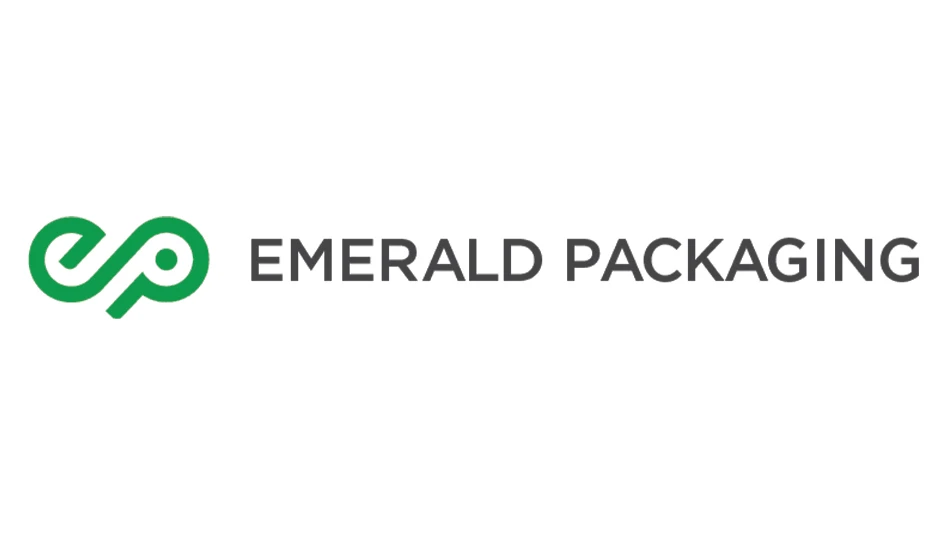
The Recycling Alliance of North Alabama (RANA), which began its new curbside recycling program in August, has seen much success and participation over its first three months of operations, according to a RANA news release.
Funded by the Huntsville, Alabama's Solid Waste Disposal Authority (SWDA), RANA is a new monthly curbside recycling program that replaced resident's former 18-gallon bins with new 95-gallon carts, which are five times larger than the old bins. The city also ended a longtime recycling contract and entered into a new agreement with Atlanta-based WestRock. In June, residents were able to register for the new program. The program has grown to include 61,000 participating households in the first three months. Based on an audit of the last program, the number of active participants has increased by approximately 25,000 households, the release says.
In looking at the first three months of the program, more than 80 percent of residents that signed up for the program have participated and placed their cart on the curb for their scheduled collection. This is a “fairly high number for a new program," the city says. New carts will continue to be delivered to residents who sign up. Currently, there are 4,500 carts in the process of being delivered.
“We are pleased that the new program is off to a good start,” says Doc Holladay, executive director of SWDA. “The new program has extended eligibility to approximately 20,000 additional households and we hear frequently that these households are glad to be included."
He adds, “While we had a few road bumps in the beginning, we know that we are now at a point that we can look back at the last couple months and celebrate the program and our successes, learn from any mistakes and continue to be a place that offers sustainable choices to our residents.”
A total of 49,600 households signed up for the program in August. Of those households, 82 percent participated in the program, resulting in 368 tons collected for the month. In September, that number increased to 50,932 households, an 83 percent participation rate and 552 tons collected. October numbers show more than 60,000 households opted in for the program, a 79 percent participation rate and 528 tons collected.
Latest from Recycling Today
- ReMA urges open intra-North American scrap trade
- Axium awarded by regional organization
- China to introduce steel export quotas
- Thyssenkrupp idles capacity in Europe
- Phoenix Technologies closes Ohio rPET facility
- EPA selects 2 governments in Pennsylvania to receive recycling, waste grants
- NWRA Florida Chapter announces 2025 Legislative Champion Awards
- Goldman Sachs Research: Copper prices to decline in 2026





